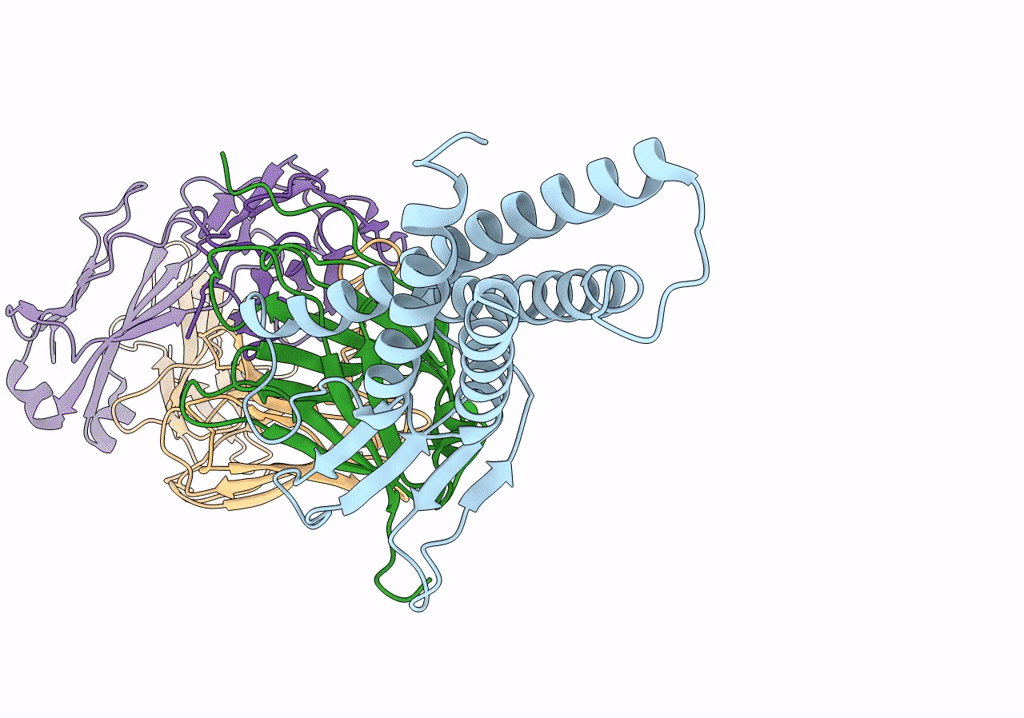
Deposition Date
2022-01-01
Release Date
2022-02-09
Last Version Date
2024-11-06
Entry Detail
PDB ID:
7TDM
Keywords:
Title:
CryoEM Structure of sFab COP-2 Complex with human claudin-4 and Clostridium perfringens enterotoxin C-terminal domain
Biological Source:
Source Organism:
Homo sapiens (Taxon ID: 9606)
Clostridium perfringens (Taxon ID: 1502)
Clostridium perfringens (Taxon ID: 1502)
Host Organism:
Method Details:
Experimental Method:
Resolution:
6.90 Å
Aggregation State:
PARTICLE
Reconstruction Method:
SINGLE PARTICLE


